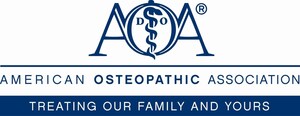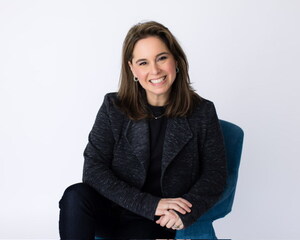Imaginary Friends OK but Excessive Lying Could Be Troublesome
SAN DIEGO, Oct. 10, 2012 /PRNewswire-USNewswire/ -- While most children and adults lie at some point, excessive lying could potentially lead to trust issues, explains Lalith K. Misra, DO, who discussed concepts, models and treatments of lying in children during the American Osteopathic Association's (AOA) OMED 2012, the Osteopathic Medical Conference & Exposition in San Diego.
The types of lies and the purpose of lies tend to change as children age. Fear of punishment and cover-ups are the main sources of lying for all ages.
"White lies, like the existence of imaginary friends, are harmless," explains Dr. Misra, an AOA board-certified psychiatrist. "But when lying exceeds a certain limit it can lead toward a loss of trust."
Why Lie?
Ages 3-4: Lies tend to be based on fantasy and imagination. Purpose of a lie is to play make-believe or to avoid punishment.
Ages 5-7: Test limits and manipulate to get what the child wants.
Teens: Protect their privacy and their friends' privacy. Teens also lie to obtain power and achieve autonomy from parents.
"No matter what age a child is, at some point too many lies can lead toward distrust," says Dr. Misra. "Lying is a learned behavior but it can be changed although it can be hard to do."
The following are Dr. Misra's tips for parents to combat their children's lying:
- Watch your own behavior. Children model their parents' behavior and notice when parents lie and cheat.
- Praise honesty. Acknowledge when children tell the truth.
- Use small rewards. It is more effective for children to achieve small goals that come with small rewards than it is to achieve goals that come with larger rewards.
- Point, through a specific gesture, when a child is lying. Using a specific hand signal helps parents communicate they know their child is lying without embarrassing the kid. It is counterproductive to call a child a liar.
- Record frequency of children's lying.
- Practice stress reduction. Since some children lie as a stress reliever, breathing exercises or other stress reducers might help.
About the American Osteopathic Association
The American Osteopathic Association (AOA) proudly represents its professional family of more than 100,000 osteopathic physicians (DOs) and osteopathic medical students; promotes public health; encourages scientific research; serves as the primary certifying body for DOs; is the accrediting agency for osteopathic medical schools; and has federal authority to accredit hospitals and other health care facilities. More information on DOs/osteopathic medicine can be found at www.osteopathic.org. Twitter: @AOAforMedia
SOURCE American Osteopathic Association
WANT YOUR COMPANY'S NEWS FEATURED ON PRNEWSWIRE.COM?
Newsrooms &
Influencers
Digital Media
Outlets
Journalists
Opted In






Share this article